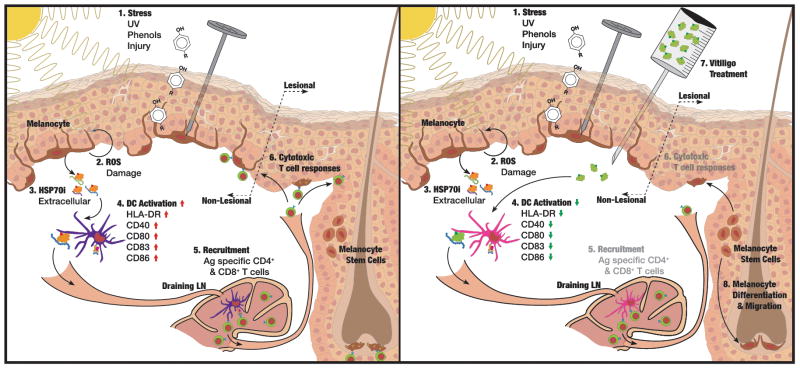Fig. 1. Translating stress to the skin into an autoimmune response to melanocytes.
Under [1], melanocytes are exposed to stressors that [2] compromise their physiology and lead to generation of ROS. [3] Melanocytes secrete/release HSP70 (in part chaperoning melanocyte-specific antigens) which [4] activates DC that migrate to skin-draining lymph nodes to [5] recruit CD4 and, particularly, CD8 T cells which [6] kill remaining melanocytes by the perforin/granzyme pathway. We propose to [7] apply mutant HSP70iQ435A to block HSP70 from activating and perpetuating autoimmunity and associated depigmentation, allowing [8] melanocyte stem cells to differentiate and migrate to depigmented areas of the skin during repigmentation.

